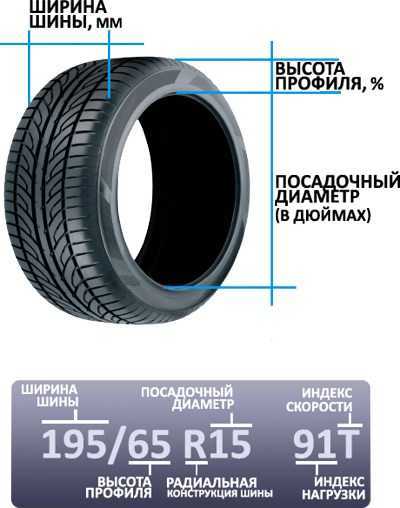Not sure what your tyre size is? You can use our tyre search tool - simply enter your registration and we'll tell you every applicable tyre size that may fit your vehicle.
How do I check my tyre size?
Can't find what you're looking for? Click here
At Formula One Autocentres, we have made buying tyres as easy as possible with our search tool. However, if you would prefer a more manual approach, follow our easy-to-use guide below:
Identifying your tyre size is quick and easy. You can find this information on the sidewall of your tyre, as shown in the image.
This information lists the size and specification of your tyre, as well as ensuring it complies with European safety standards.
Identifying your tyre size is quick and easy. You can find this information on the sidewall of your tyre, as shown in the image.
This information lists the size and specification of your tyre, as well as ensuring it complies with European safety standards.
What each code section stands for:
This code is a breakdown of four key factors when determining tyre size and type:
Width - The width of the tyre in millimetres.
Profile - The height of the tyre sidewall as a percentage of the tyre width.
Rim Size - The diameter of the tyres inner rim, in inches.
Speed Rating - The maximum recommended speed for the tyre at full load.
For example, a tyre with the code 205 / 55 R16 79T would have a tyre width of 205 millimetres, a sidewall height of 55% of the width, a 16-inch inner rim size and a speed rating of T.
If you are searching for your tyres online using your vehicle registration number and your existing tyre size differs from the one displayed in the tyre results, simply update the relevant tyre size details and search again.
Important note: Some manufacturers specify different front and rear tyre sizes. Please check the size of tyre you want to replace before ordering.
Most tyres have a tread wear indicator located on the inner groove of the tread. It is important to check the whole tyre meets this minimum marker, as any part of the tyre tread that does not meet this marker may result in your tyre being illegal. Current UK Legislations require a minimum tyre tread of 1.6mm by law. The penalty for breaching this is a fine of up to £2500 and 3 penalty points per tyre.
Formula One Autocentres recommend checking your tyres on a weekly basis to ensure tyre pressure and tread meet legal requirements, as well as checking for any damage - as this also can result in your tyre being deemed illegal.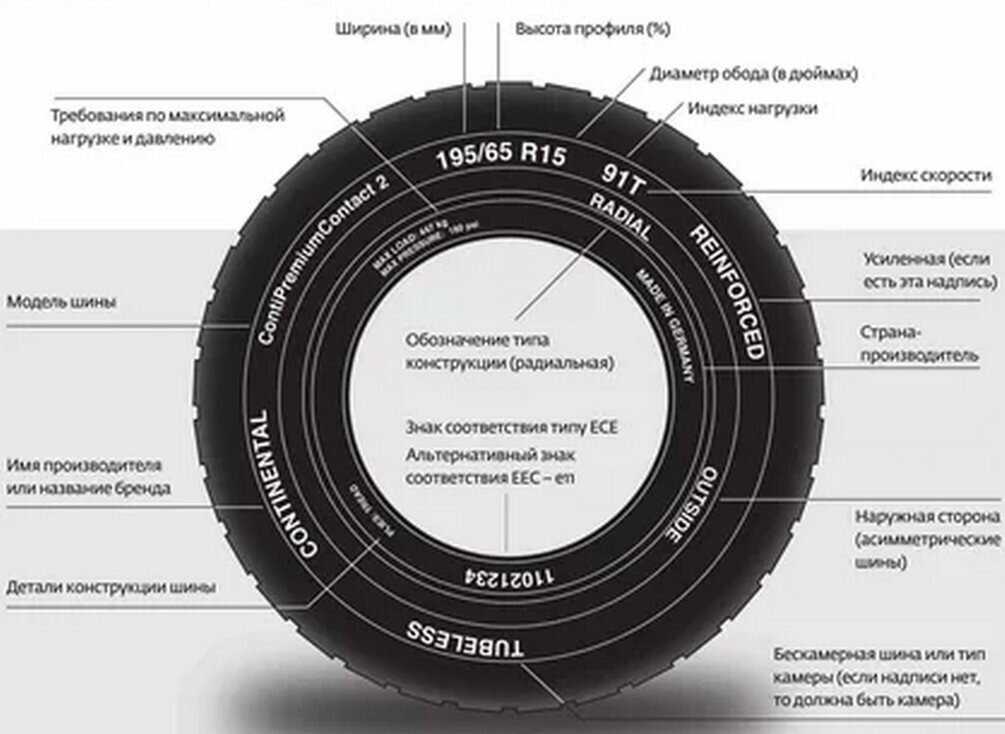
If you want more information on how to check your tyre tread, read our helpful blog post.
If you have any concerns that your tyre(s) may be illegal please call your local Formula One Autocentre - we will be happy to take a look at them for you, free of charge.
Waiting room and toilets were clean and tidy, which makes a difference!
Never used before will defo use again very friendly even offered my puppy a drink if water
Visited the day before (Sunday) but was told parts not in stock to repair there and then. Returned the following day and the issue was sorted promptly.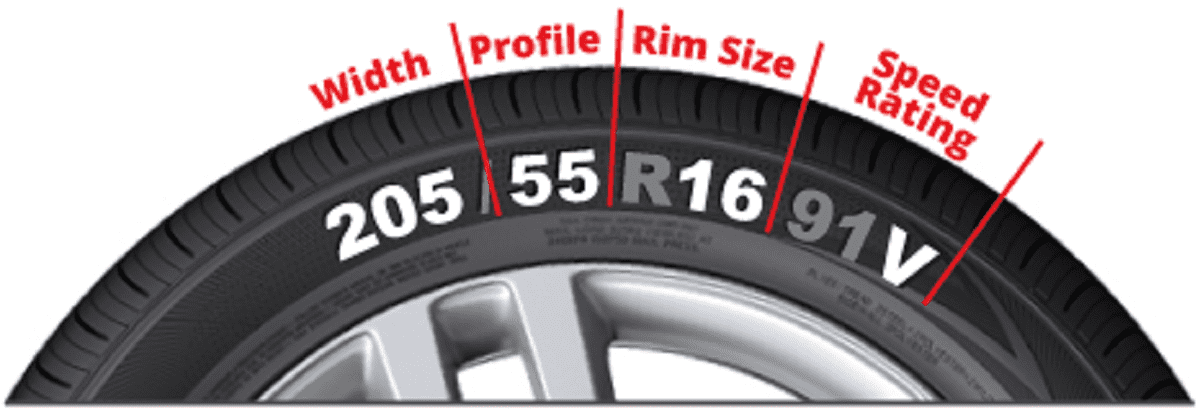 Good staff in that branch.
Good staff in that branch.
and there’s more >>
If you’re in need of new tyres then the first thing you’ll need to know is what tyre size your vehicle needs.
You can start searching for your tyre size by inputting your registration number, however for many vehicles there may be more than one size option and so to narrow your search you’ll need to look for the information on the vehicle itself.
Here’s our handy guide to understanding & reading your tyres.
The best place to find your tyre size is on the sidewall of the tyres currently fitted to your car. Some vehicles such as BMW’s & Mercedes have different sized tyres on the front and rear so if you check on the tyre you need replacing you can be sure you’re replacing your tyre with one exactly the same size.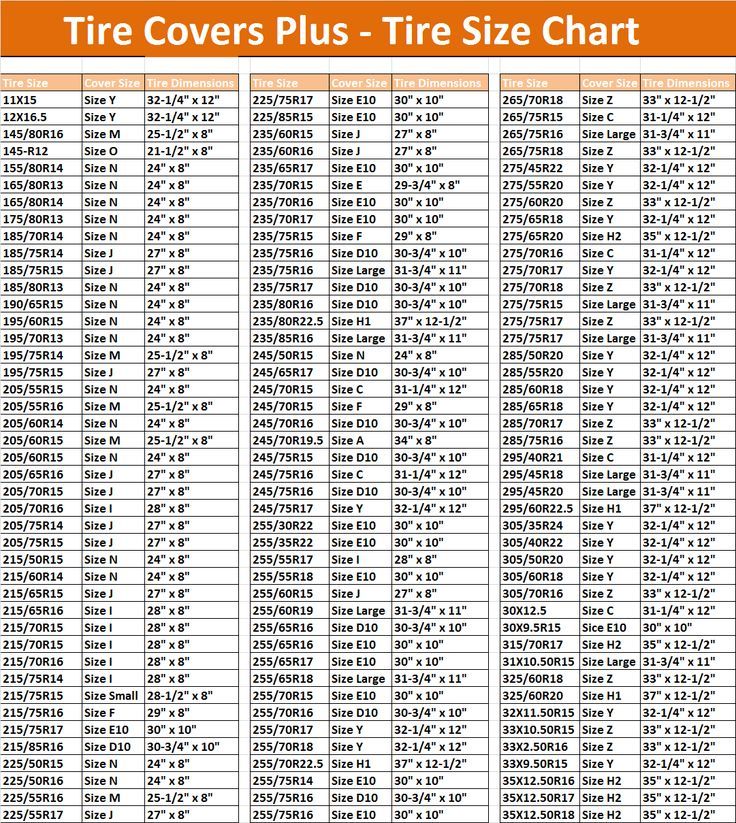 Reading the markings on your tyres may look confusing, however once you know what to look for finding your tyre size is actually fairly easy.
Reading the markings on your tyres may look confusing, however once you know what to look for finding your tyre size is actually fairly easy.
Tyre size information can also be found:
• In your vehicle handbook
• Inside the fuel flap
• Inside your glove box
• Inside the driver’s door panel
Top Tip: If you have a smart phone then take a quick photograph of the numbers on the side wall of your tyre. This way you’ll always have your tyre size to hand – when you’ve learnt how to crack the code!
USE CODE TYRE5
The first 3 digits of the tyre size give the measurement for the width of the tyre in mm. So a 205 width tyre will measure exactly 205mm across the tread from one sidewall to the other.
The next pair of numbers give the measurement for the height of the tyre as a percentage of the tyre width.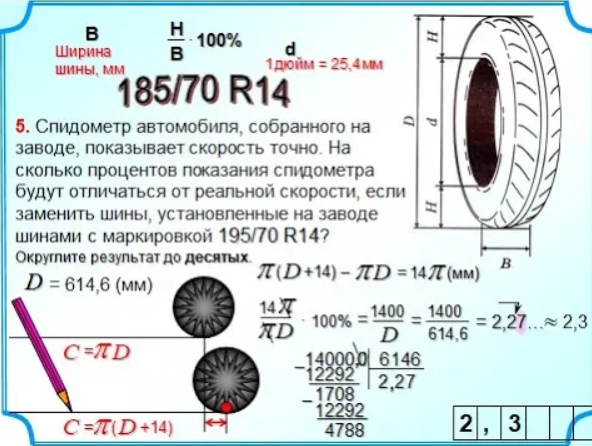 In this case, the aspect ratio is 40 which means that the height of the tyre is 40% of the tyre width.
In this case, the aspect ratio is 40 which means that the height of the tyre is 40% of the tyre width.
The next marking is a letter, in this case the letter “R”.
R stands for Radial which means the tyre has a radial construction. The vast majority of modern tyres are made with a radial construction.
The last 2 numbers found after the ‘R’ show the size of the wheel rim on the vehicle. In this case, the tyre marked with ‘16’ tells us that the wheel it fits on to is 16” in diameter.
The load & speed rating are the last elements you need to know.
The load rating tells you the maximum weight capacity of a passenger car tyre.
The speed rating is shown as the letter at the very end of the tyre size. The higher the letter alphabetically, the higher the speed rating for your vehicle.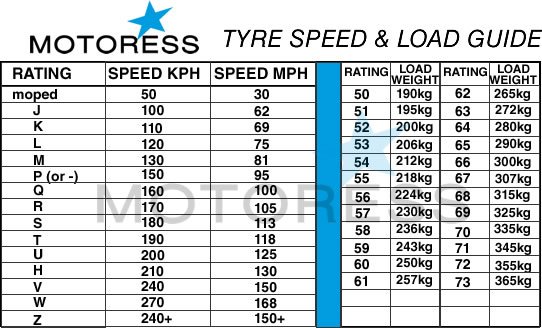 You can fit a tyre with a higher speed rating than necessary but never a lower rating than required.
You can fit a tyre with a higher speed rating than necessary but never a lower rating than required.
If you need further advice on tyre sizes then don’t hesitate to contact your local branch or call our team on 0345 2997 955
Do you want to choose a tire for your car, but do not understand tire markings well? It's not a problem! In this section, we will help you figure out what tire parameters are, what they mean, and which tire is right for your car.
Select tires / tire catalog
195/65 R15 91 T XL
195 is the tire width in mm.
65 - Proportionality, i.e. profile height to width ratio. In our case, it is equal to 65%. Simply put, with the same width, the larger this indicator, the higher the tire will be and vice versa. Usually this value is simply called “profile”.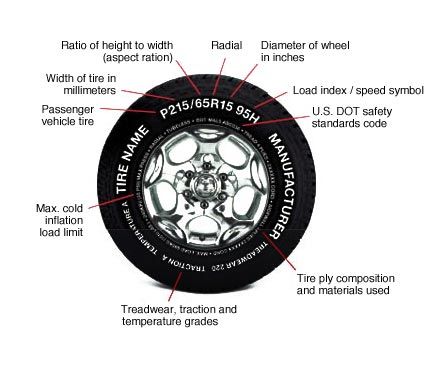
Since the tire profile is a relative value, it is important to take into account when choosing rubber that if you want to put tires with a size of 205/65 R15 instead of the size 195/65 R15, then not only the width of the tire will increase, but also the height! Which in most cases is unacceptable! (except when both of these sizes are indicated in the car's operating book). You can calculate the exact data on changing the outer dimensions of the wheel in a special tire calculator.
If this ratio is not specified (for example, 185/R14C), then it is equal to 80-82% and the tire is called full profile. Reinforced tires with this marking are usually used on minibuses and light trucks, where a large maximum wheel load is very important.
R - means a tire with a radial cord (in fact, almost all tires are made this way now).
Many mistakenly believe that R- means the radius of the tire, but this is the radial design of the tire. There is also a diagonal design (indicated by the letter D), but recently it has practically not been produced, since its performance is noticeably worse.
15 - wheel (rim) diameter in inches. (It is the diameter, not the radius! This is also a common mistake). This is the “landing” diameter of the tire on the disk, i.e. is the inside size of the tire or the outside of the rim.
91 - load index. This is the level of maximum permissible load on one wheel. For passenger cars, it is usually done with a margin and is not a decisive factor when choosing tires (in our case, IN - 91 - 670 kg.). For minibuses and small trucks, this parameter is very important and must be observed.
T is the tire speed index. The larger it is, the faster you can ride on this tire (in our case, IS - H - up to 210 km / h). Speaking about the tire speed index, I would like to note that with this parameter, the tire manufacturer guarantees the normal operation of the rubber when the car is constantly moving at the specified speed for several hours.
There are two different American tire markings. The first one is very similar to the European one, only the letters “P” (Passanger - for a passenger car) or “LT” (Light Truck - light truck) are placed before the size. For example: P 195/60 R 14 or LT 235/75 R15. And another tire marking, which is fundamentally different from the European one.
Example: 31x10.5 R15 (corresponds to European size 265/75 R15)
31 is the outside diameter of the tire in inches.
10.5 is tire width in inches.
R - a tire with a radial design (older tire models were with a diagonal design).
15 is the inner diameter of the tire in inches.
Generally speaking, except for inches that are unusual for us, the American tire marking is logical and more understandable, unlike the European one, where the height of the tire profile is not constant and depends on the width of the tire.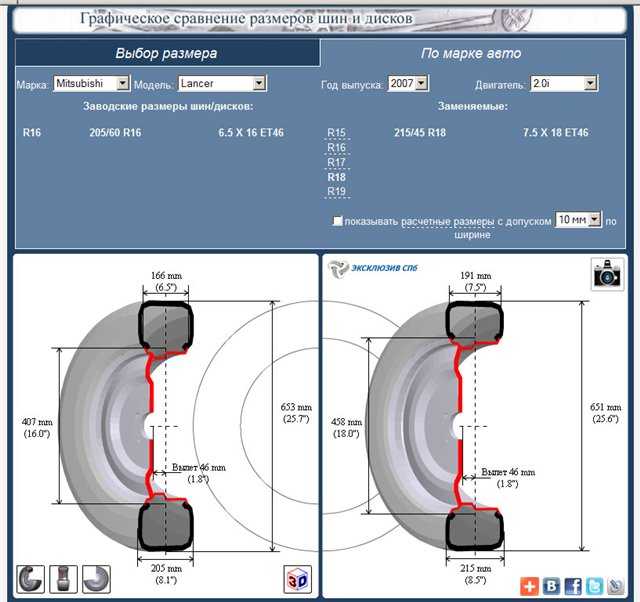 And here everything is simple with decoding: the first digit of the standard size is the outer diameter, the second is the width, the third is the inner diameter.
And here everything is simple with decoding: the first digit of the standard size is the outer diameter, the second is the width, the third is the inner diameter.
XL or Extra Load is a reinforced tire, the load index of which is 3 units higher than that of conventional tires of the same size. In other words, if a given tire has a load index of 91 marked XL or Extra Load, then this means that with this index, the tire is able to withstand a maximum load of 670 kg instead of 615 kg (see the table of tire load indices).
M+S or tire marking M&S (Mud + Snow) - mud plus snow and means that the tires are all-season or winter. Many summer tires for SUVs are labeled M&S. However, these tires must not be used in winter, as winter tires have a completely different rubber compound and tread pattern, and the M&S badge indicates good flotation performance.
All Season or AS all season tires. Aw (Any Weather) - Any weather.
Aw (Any Weather) - Any weather.
Pictogram * (snowflake) — rubber is designed for use in harsh winter conditions. If this marking is not on the sidewall of the tire, then this tire is intended for use only in summer conditions.
Aquatred, Aquacontact, Rain, Water, Aqua or icon (umbrella) Special rain tires.
Outside and Inside ; asymmetric tires, i.e. It is important not to confuse which side is the outside and which is the inside. When installing, the Outside inscription must be on the outside of the car, and Inside on the inside.
RSC (RunFlat System Component) - RunFlat tires are tires on which you can continue to drive a car at a speed of no more than 80 km / h with a FULL tire pressure drop (due to a puncture or cut). On these tires, depending on the manufacturer's recommendations, you can drive from 50 to 150 km. Different tire manufacturers use different designations for RSC technology. For example: Bridgestone RFT, Continental SSR, Goodyear RunOnFlat, Nokian Run Flat, Michelin ZP etc.
For example: Bridgestone RFT, Continental SSR, Goodyear RunOnFlat, Nokian Run Flat, Michelin ZP etc.
Rotation or arrow This marking on the tire sidewall indicates a directional tire. When installing the tire, you must strictly observe the direction of rotation of the wheel, indicated by the arrow.
Tubeless - tubeless tire. In the absence of this inscription, the tire can only be used with a camera. Tube Type - indicates that this tire must be used only with a tube.
Max Pressure ; maximum allowable tire pressure. Max Load - the maximum allowable load on each wheel of the car, in kg.
Reinforced or the letters RF in the size (for example 195/70 R15RF) means that this is a reinforced tire (6 layers). The letter C at the end of the size (for example 195/70 R15C) indicates a truck tire (8 layers).
Radial this marking on the rubber in the standard size means that it is a radial construction tire.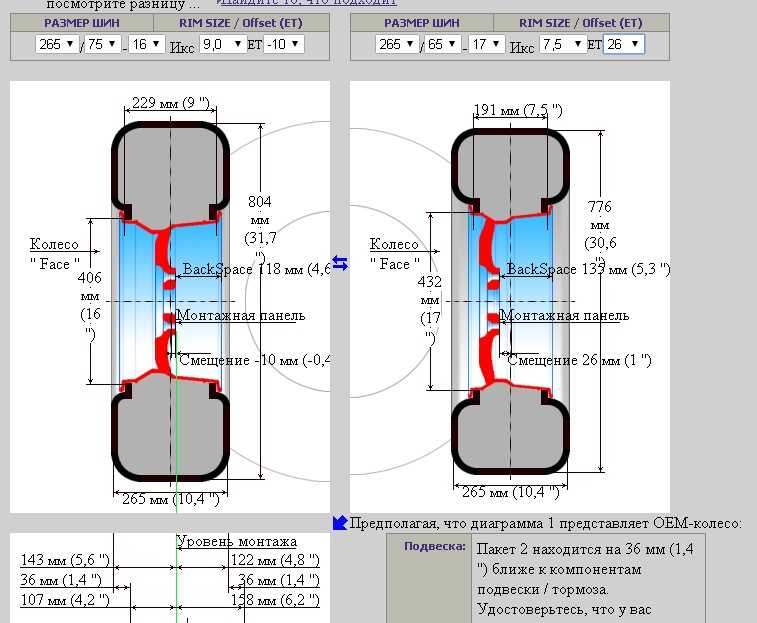 Steel means that there is a metal cord in the tire structure.
Steel means that there is a metal cord in the tire structure.
Letter E (in a circle) - the tire meets the European requirements of ECE (Economic Commission for Europe). DOT (Department of Transportation - US Department of Transportation) is an American quality standard.
Temperature A, B, or C The temperature resistance of the tire at high speeds on the test bench (A is best).
Traction A, B, or C
Treadwear ; relative expected mileage compared to a specific US standard test.
TWI (Tread Wear Indiration) - tire tread wear indicators. The marking on the TWI wheel can also be with an arrow. Pointers are located evenly in eight or six places around the entire circumference of the tire and show the minimum allowable tread depth. The wear indicator is made in the form of a protrusion with a height of 1.6 mm (the minimum tread value for light vehicles) and is located in the tread recess (usually in the drainage grooves).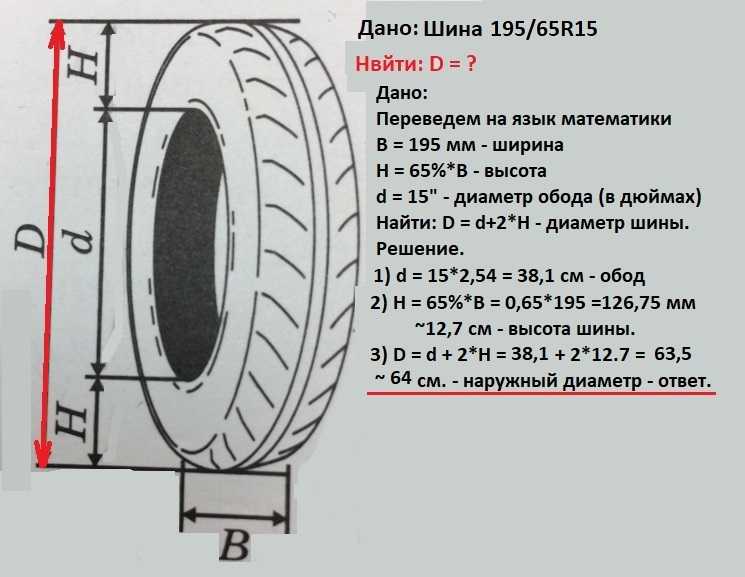 9
9
Renault Megane
Mercedes E-Class
When choosing car tires and wheels, the main and often the only factor is the compatibility of these components with a particular make and model of car. Many motorists are familiar with technical specifications such as wheel settings or tire sizes. This, of course, is wonderful, because it allows you to very quickly select literally a few options on your own. However, there are quite a few such "advanced" motorists. There are far more of those who, for whatever reason, prefer not to go into such technical details about their cars.
It is for them, first of all, that the service is oriented, which allows you to automatically select car wheels and tires according to the make and model of the car. User participation in this process is minimized and consists only in choosing from the available options, first the brand, and then the model and year of manufacture of the vehicle. After a few moments, the system will automatically select from thousands of tires and rims exactly those that exactly match the recommendations of car manufacturers.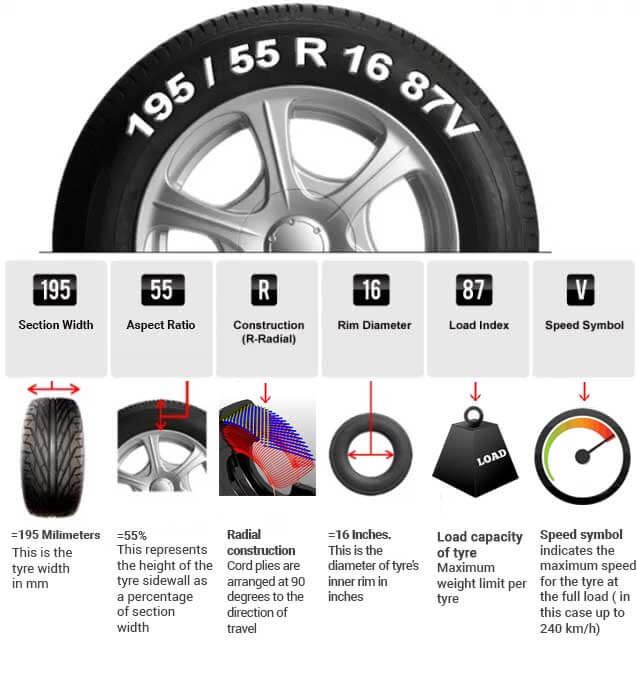
This is extremely important given the huge danger of using tires and wheels with unsuitable specifications. As a rule, such changes in the vehicle configuration are caused by the need to improve some of its driving characteristics or give it a more spectacular appearance. In real operation, such experiments end with a deterioration in controllability, damage to various suspension parts, an increase in fuel consumption, and a distortion of the current speed indicators. Some of these changes to the performance of the vehicle significantly reduce the level of safety, which is unacceptable.
That is why you should not neglect the recommendations of car manufacturers, which are based on the results of engineering calculations that describe the operation of various components and parts of the car, primarily the suspension. At the same time, all the most important indicators of safety, controllability and comfort are taken as the basis, each of which is verified during full-scale tests or using computer simulation technologies.